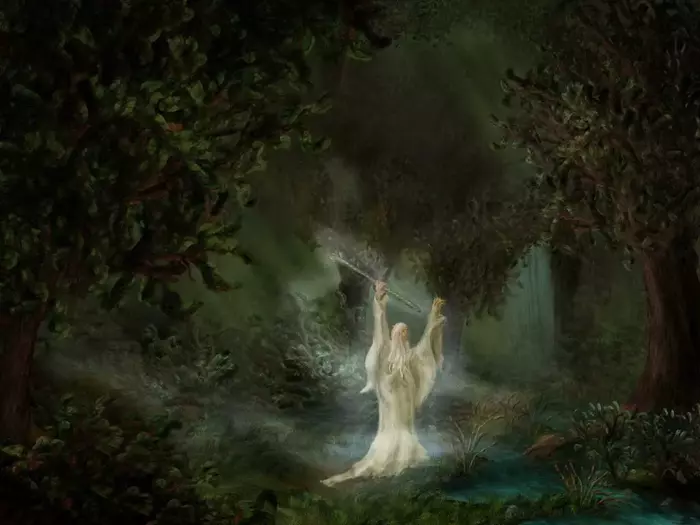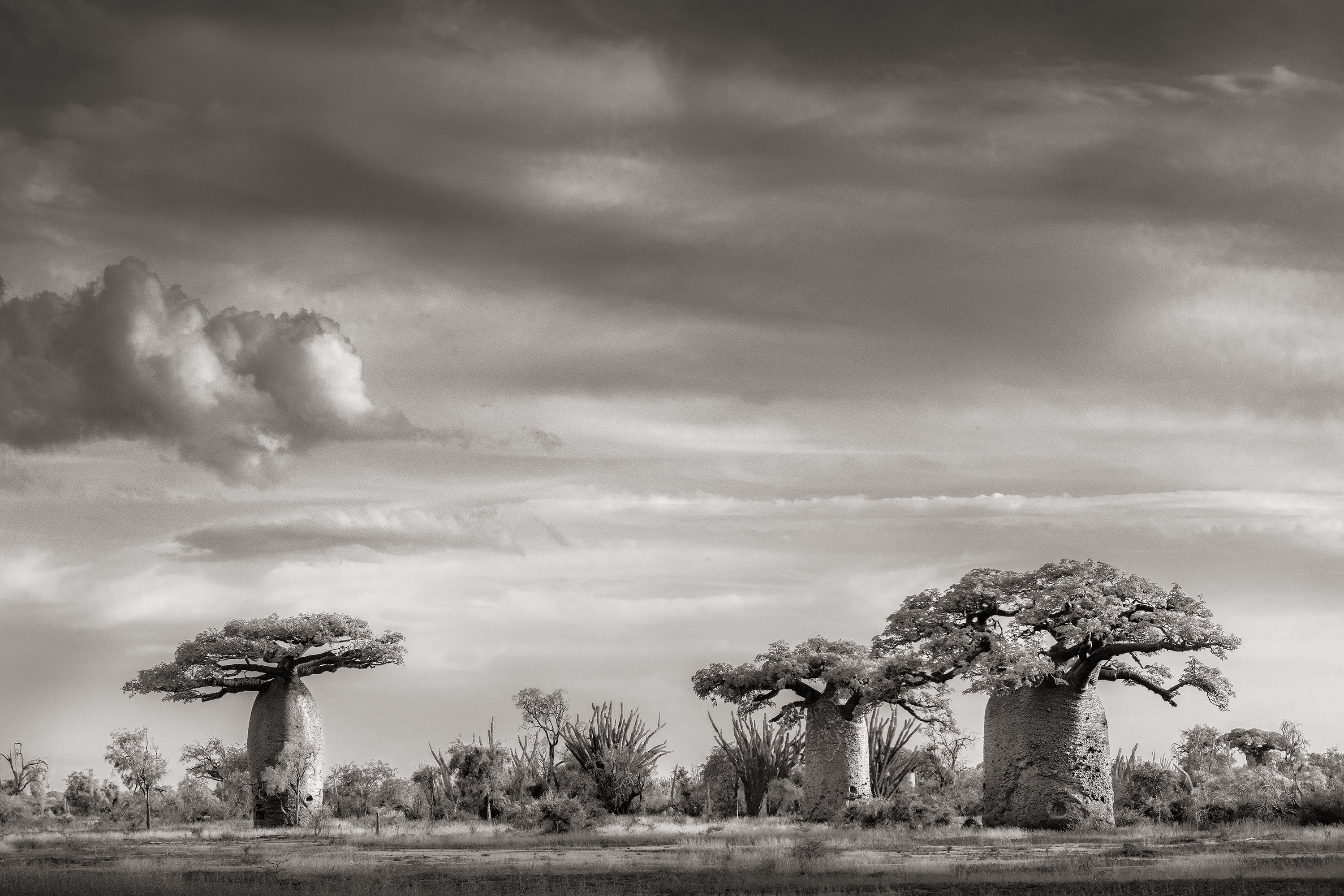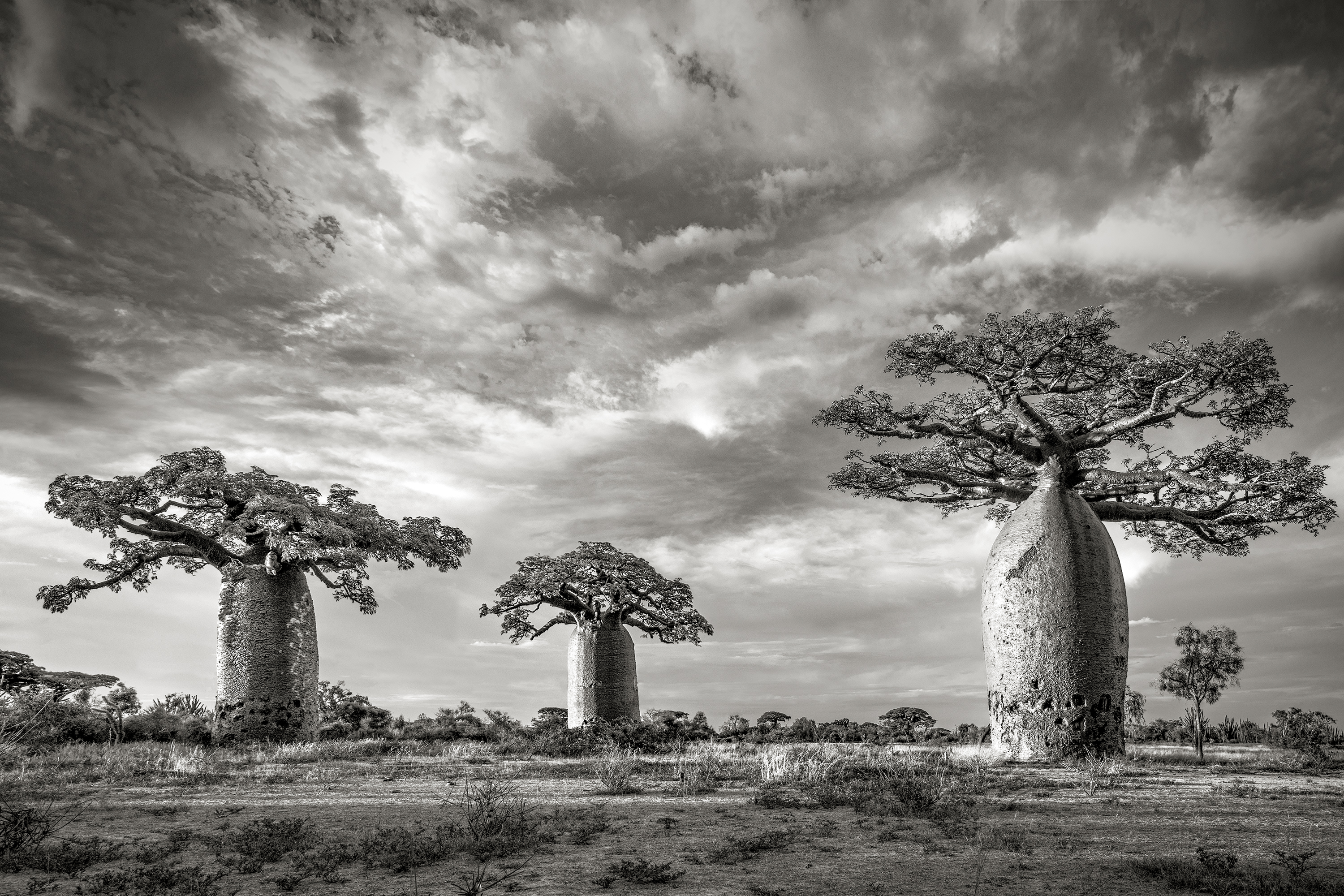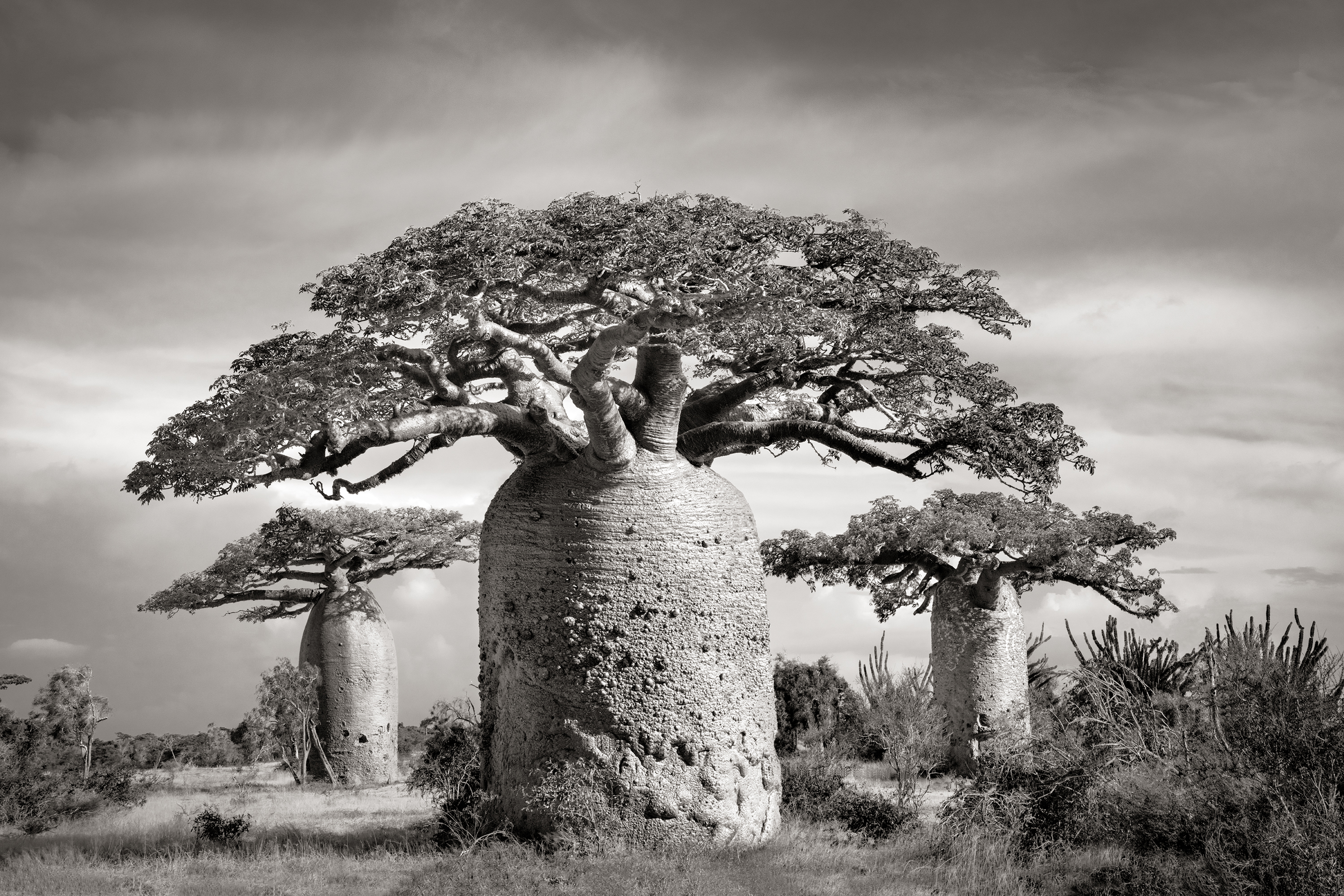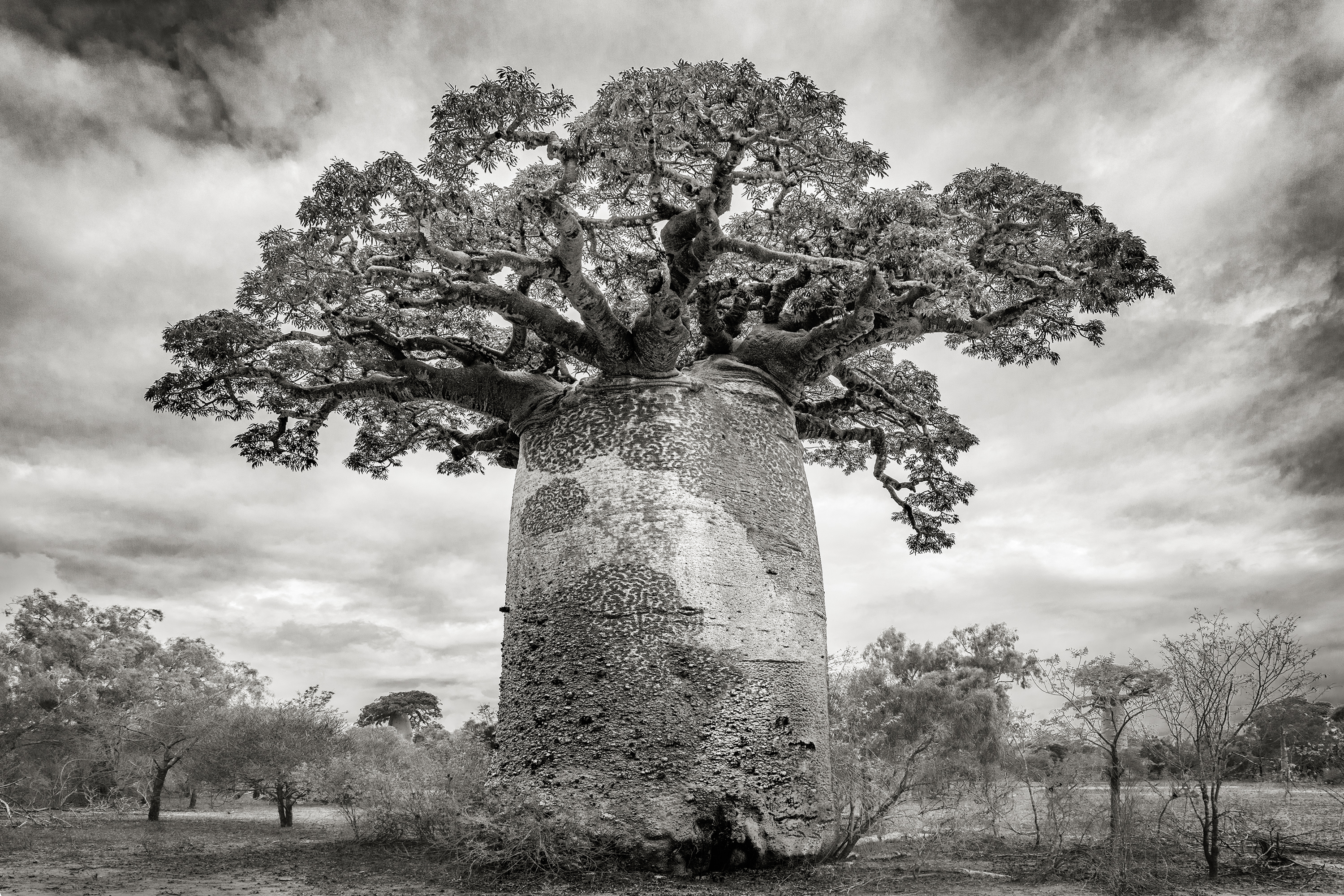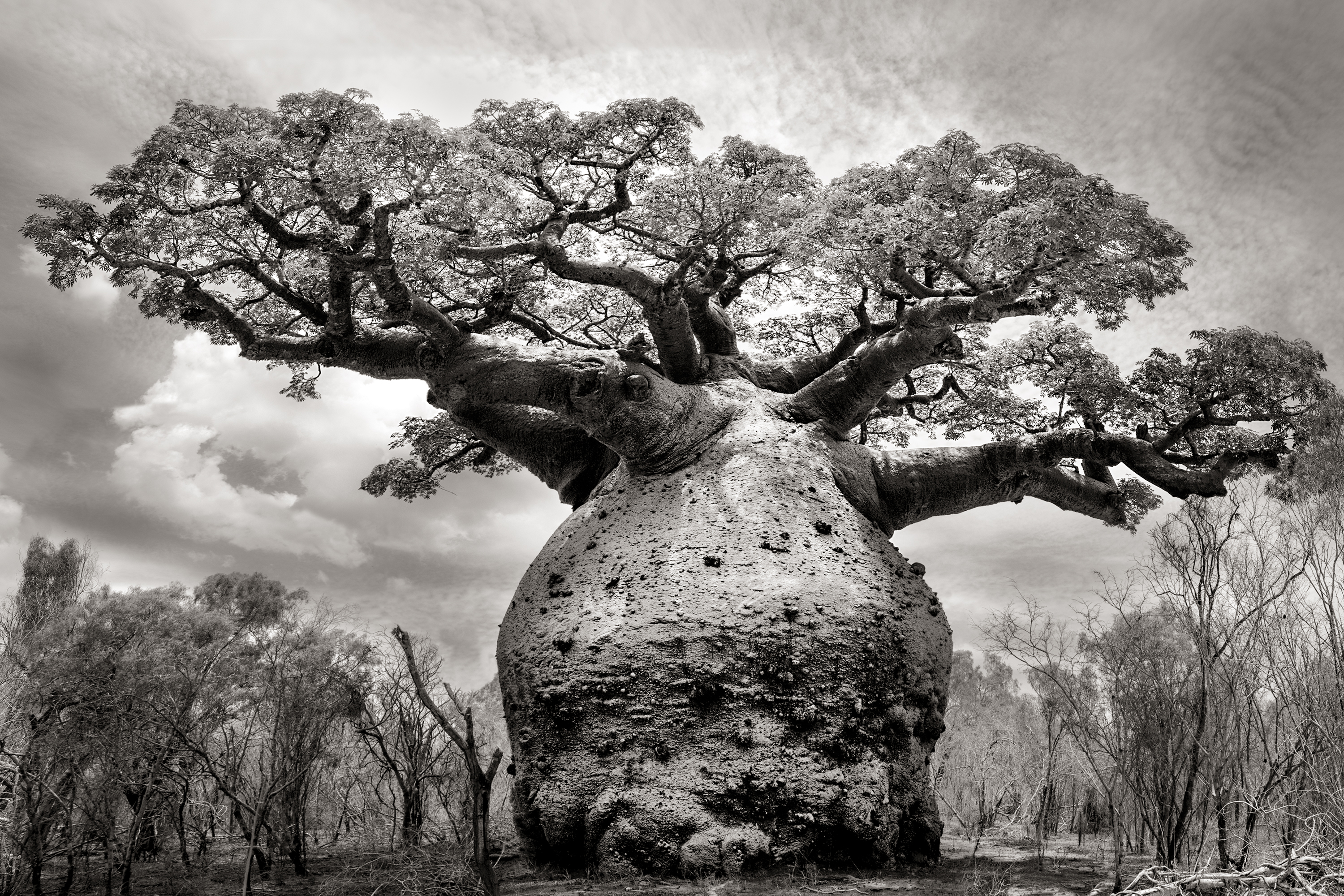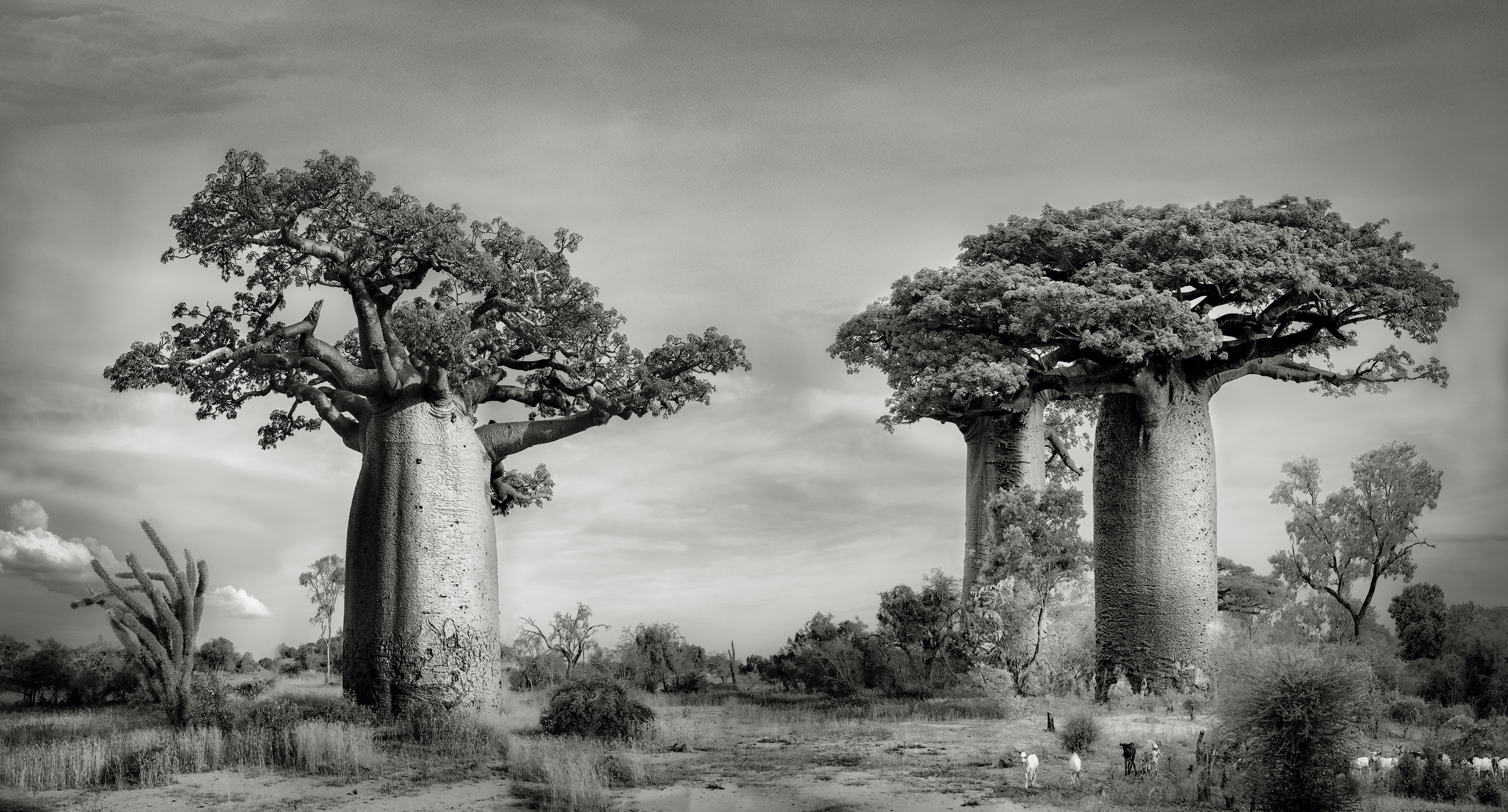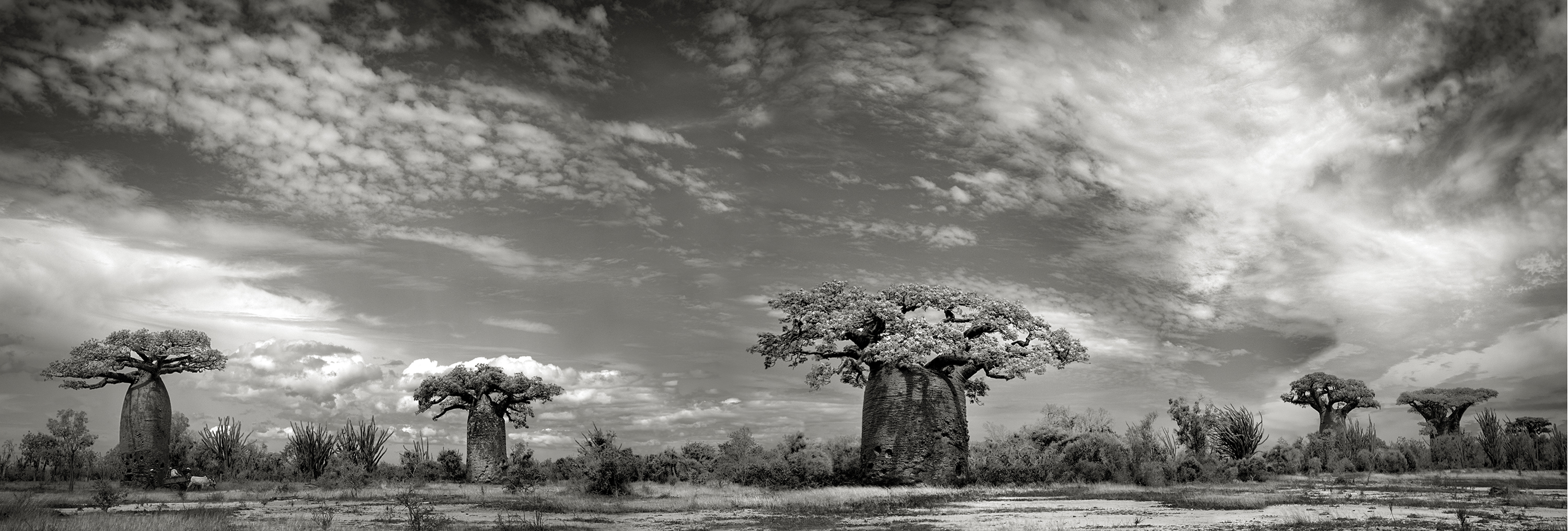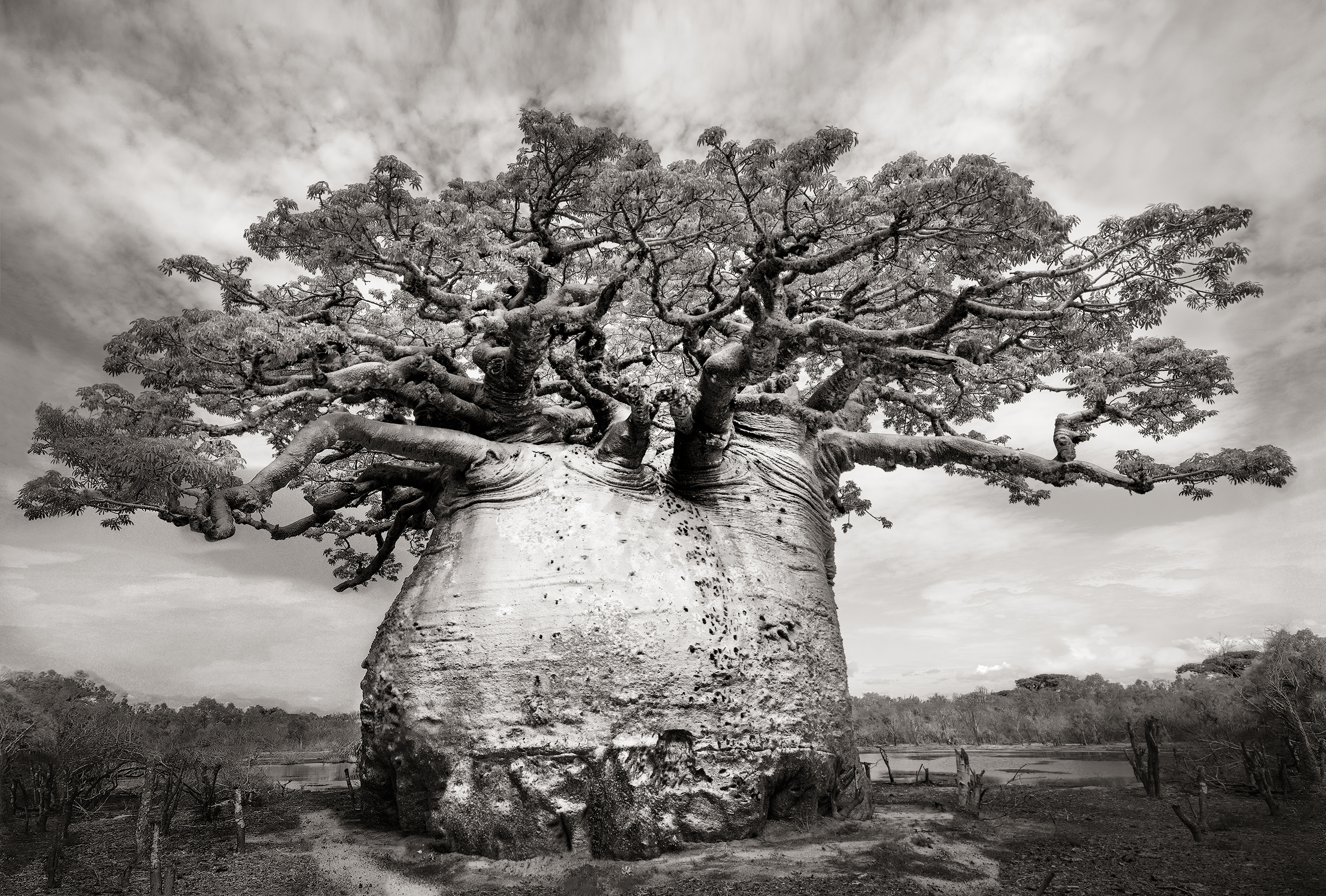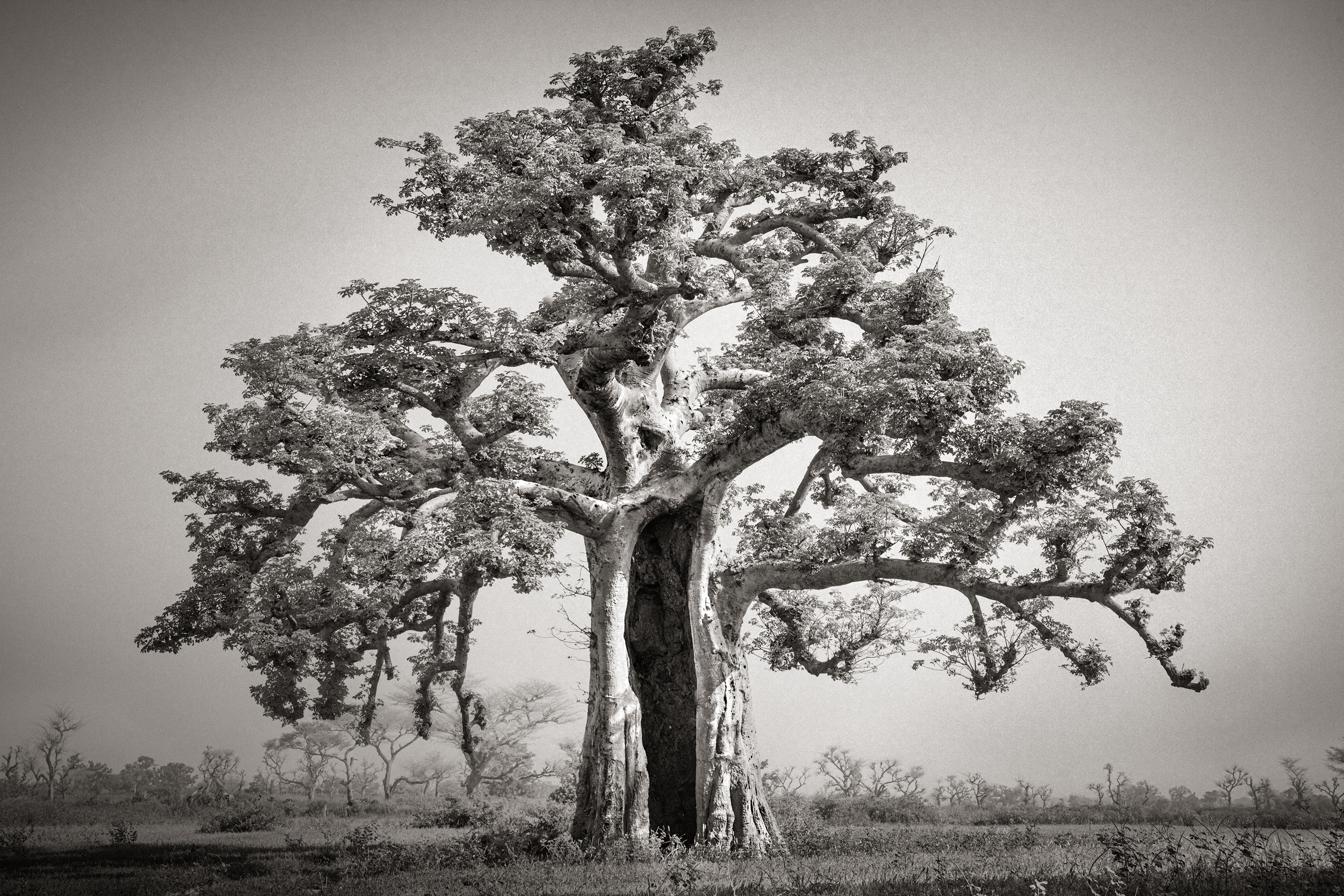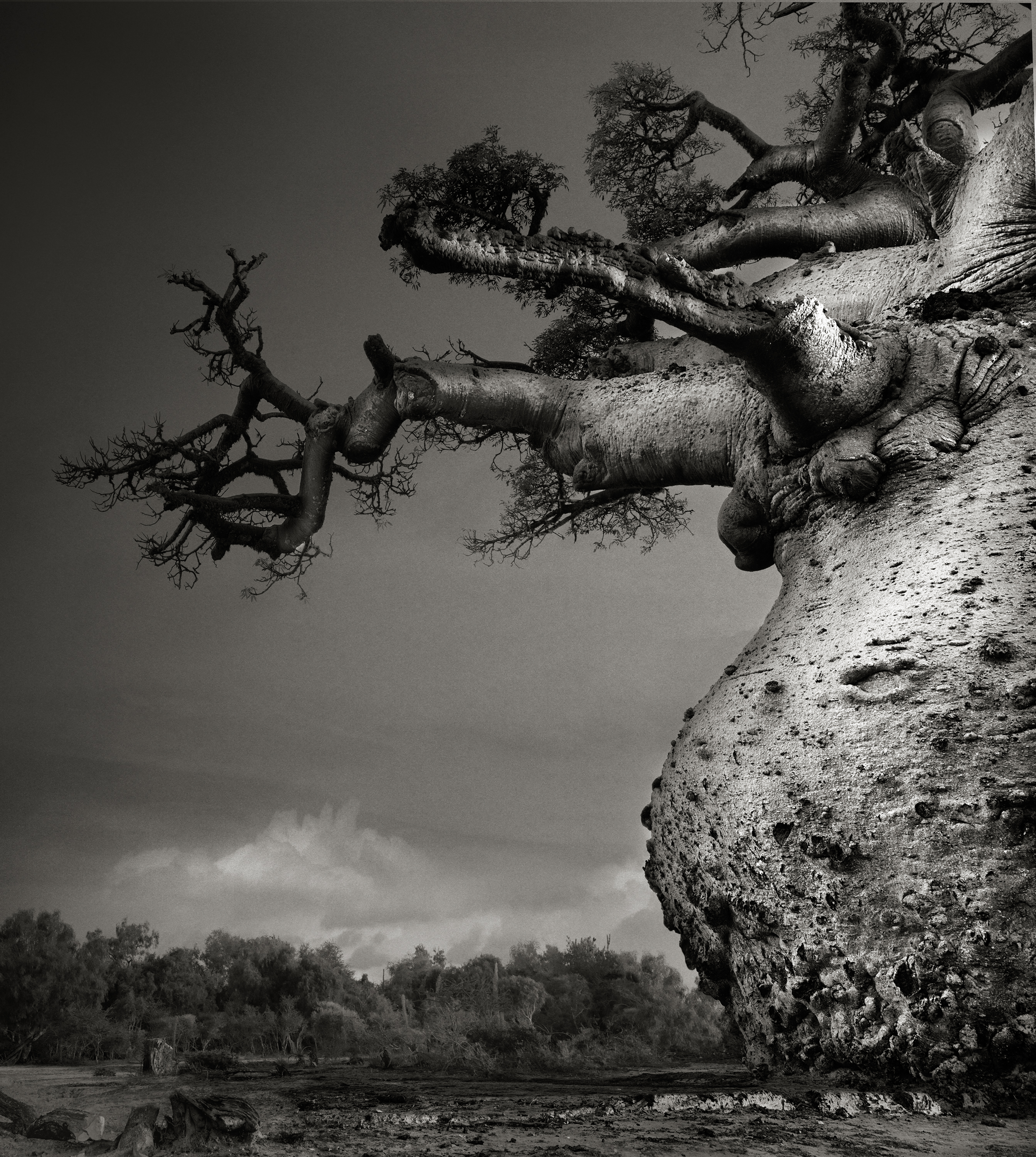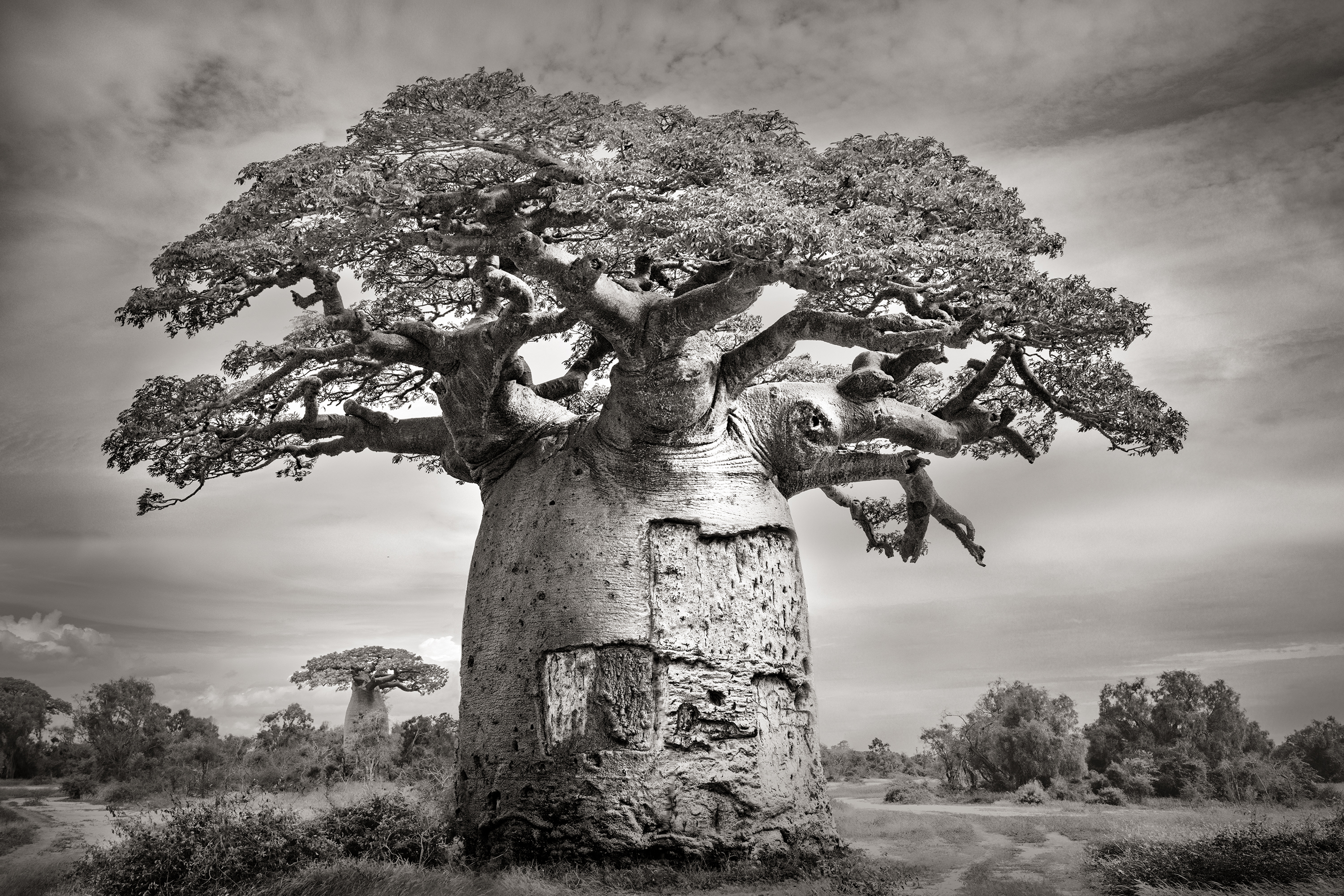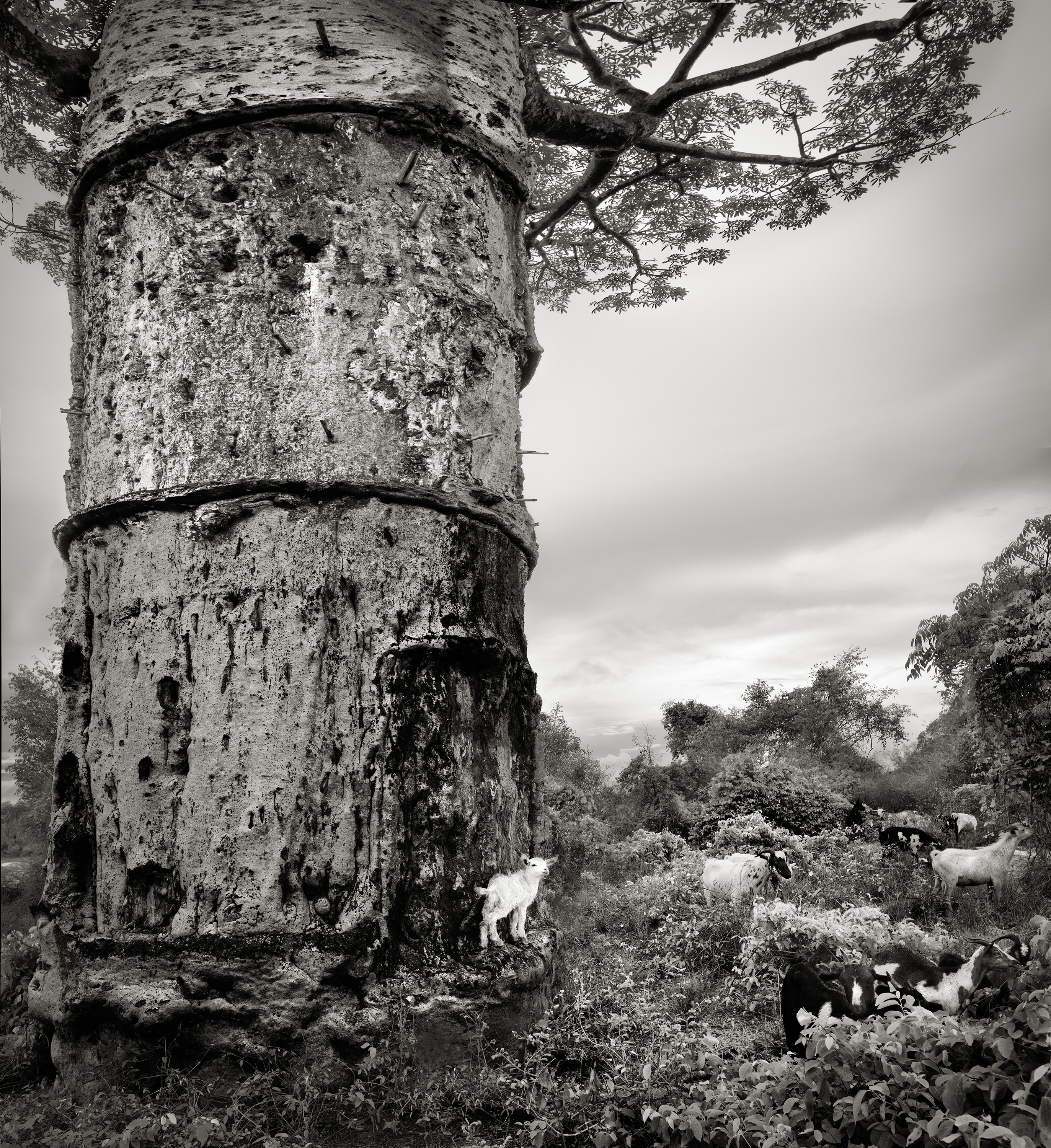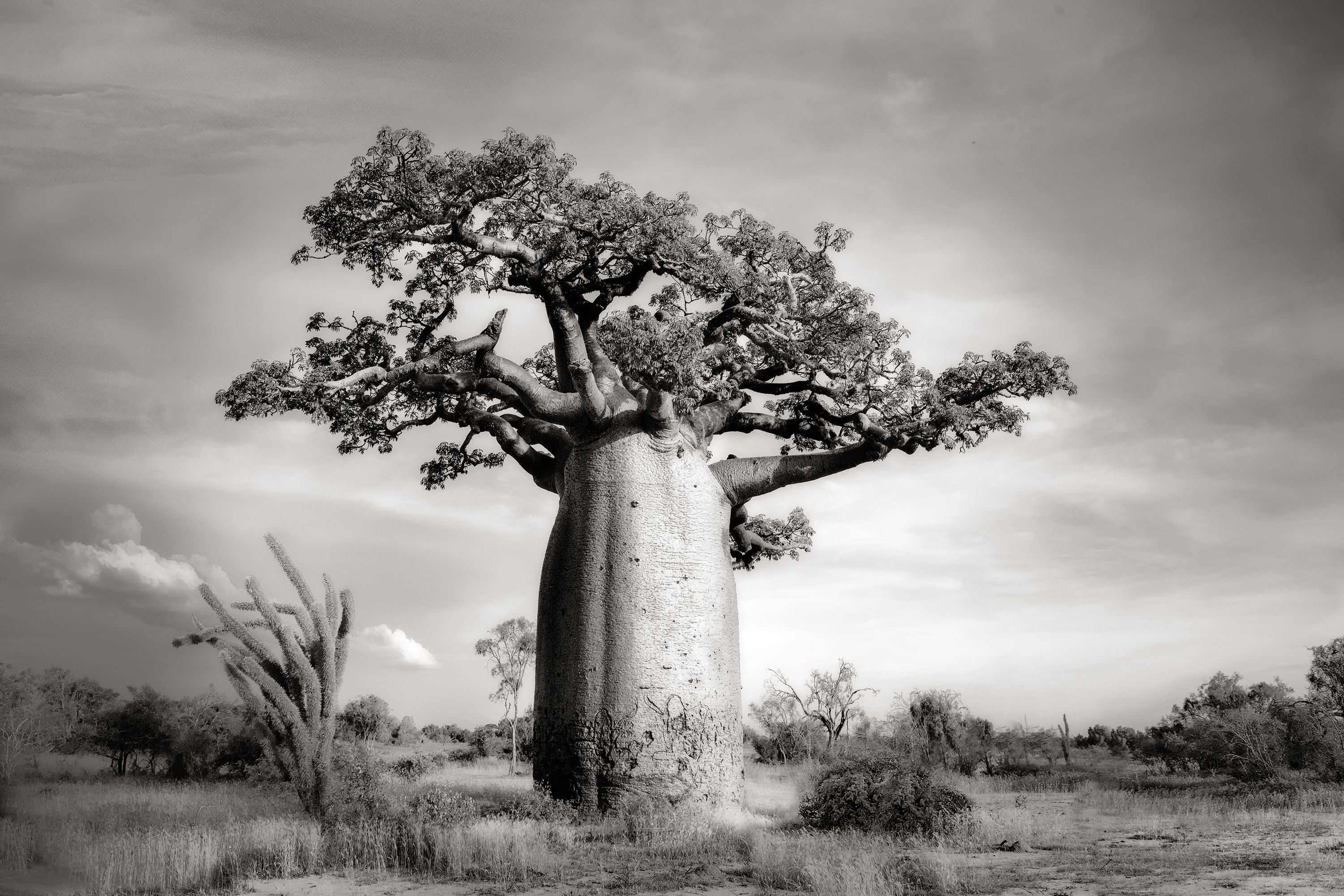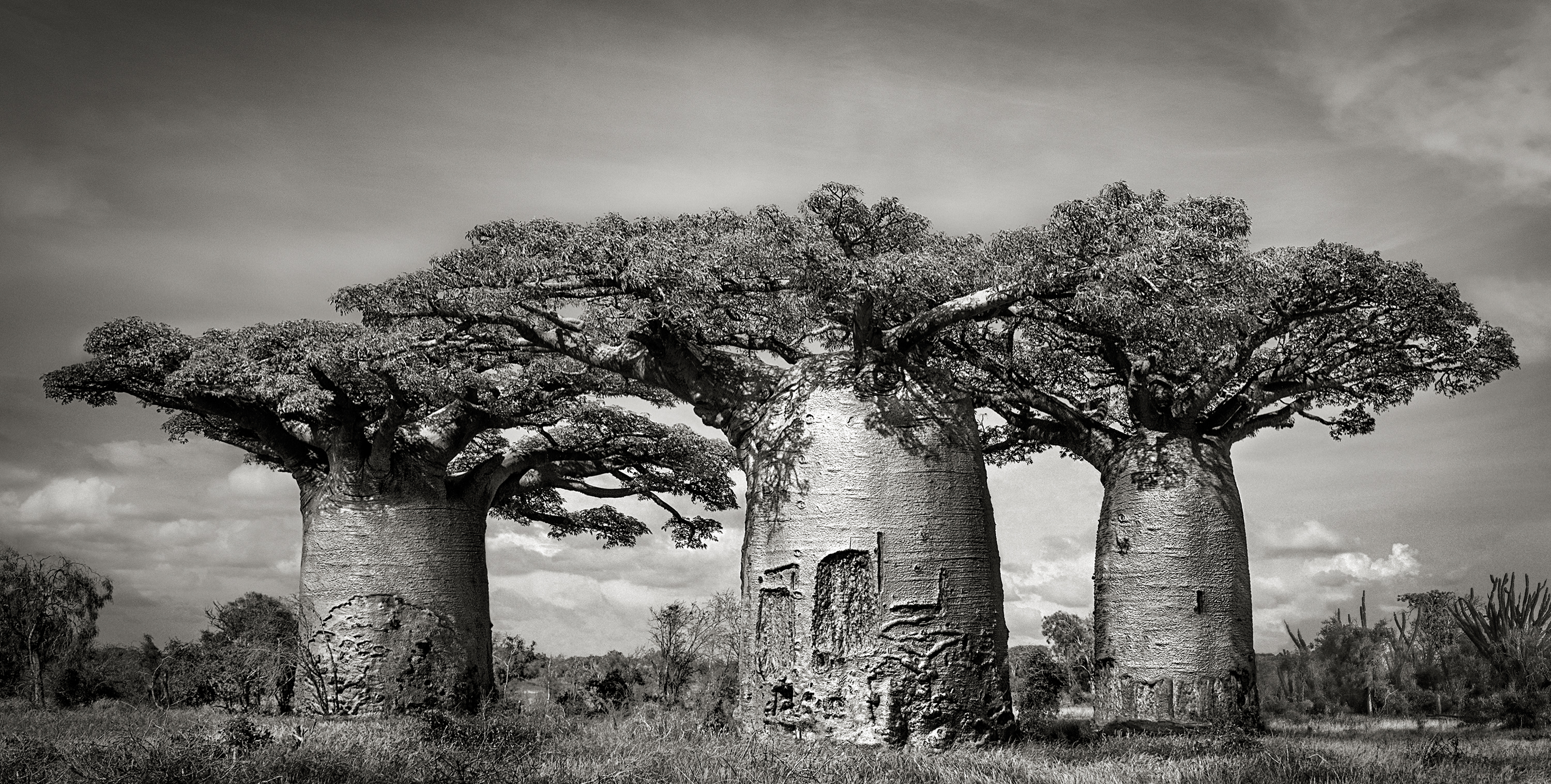#white
more the one month later, someone answered my question, how can #israel crush #hamas without #war in #gaza, finally i get the answer and itz simple
By making them irrelevant
this is the answer! this is that #white #christian #europe #ignorance, meanwhile israel is still under #attack by hundreds of rockets targeting civilians, hundreds of civilian hostages, the gaza civilians abused as #humanShields, after ca 1200 people got raped&tortured to death, israel should make hamas "irrelevant", not sure if thats just plain stupid, ignorant or antisemitic, i wonder what these guy might advice the palestinian opponents of hamas, "dont scream to loud, when they torture you!"?
https://diasp.org/posts/2b8bf0505f47013c2d8428a1592b385a#a85d7459-4865-4d3c-7189-bcf076701635


As the nine nights represent the nine planets, we will be having a planetary celebration of Navaratri with an account of one of the planets for each of the nine nights. The second planet is The #Moon. The colour for the second day of #Navaratri is #WHITE, so we shall scribe in white with an added background so that white may be easily read for this second day’s observance of Navaratri
Today is the second day of the Navaratri celebrations which are held for nine days (Nava Rathrulu). All festivals are meant to remind mankind that they should cultivate noble qualities by engaging themselves in activities beneficial to one’s own self and society. Sai Baba made reference to Navaratri and the Nine Planets:
As part of Navaratri celebrations, people worship different forms of divinity. You should develop sacred feelings and experience divinity. What is the inner meaning of Navaratri celebrations? These nine nights represent nine planets. Each planet has its own significance. However, these planets are not outside, they are within. If your feelings are impure and unsacred, the result also will be the same. You are responsible for the good and bad you think and experience.
The Moon
#Chandra, (lit. “shining one”) The Moon is one of the Gods and a most important planet in Vedic Astrology. He is described as young, beautiful, fair; two-armed and having in his hands a club and a lotus. He rides his chariot (the moon) across the sky every night, pulled by ten white horses or an antelope. Although the antelope is the animal most commonly depicted with Him in iconography, the rabbit is also particularly sacred to him and all rabbits are under his protection. He is connected with dew, and as such, is one of the gods of fertility. As #Soma, presides over Somvar or Monday.
The Moon rules Mother and maternal matters, contentment in the home, emotions and bodily fluids, as the Moon is kapha dosha. Kapha dosha signifies water, fluids, fluids in the body and it is of an earthy nature. It has dimensions of loyalty, faithfulness, love and attachment. The Moon waxes and wanes monthly and as it is the fastest moving planet, it is easily afflicted in transits. The Moon is strongest when it is 180° from the Sun; the closer the Moon comes to the Sun, the lesser its energy and strength.
Moon signifies responsiveness, loyalty, dependence. It is traditional, conservative, conventional in attitudes. It delivers the energy of belonging, seldom rebels, and, when cool, has high frustration tolerance. Moon gives friendly attitudes, life-long associations and doesn’t like to hurt other people. It can accept feedback from others but does not like confrontations, particularly when they are personally hurtful. The Moon gives good parents who are good providers.
Day 2
#Goddess #Brahmacharini
Brahmacharini means a devoted female student who lives in an Ashrama with her Guru along with other students. It is also the name of the second aspect of the goddess Durga (Parvati). The goddess is worshipped on the second day of Navratri (the nine divine nights of Navadurga). The goddess Brahmacharini wears white clothes, holds a japa mala (rosary) in her right hand and Kamandal, a water utensil in her left hand.
Charini is the feminine version of one who is a charya, which means “occupation with, engaging, proceeding, behaviour, conduct, to follow, moving in, going after”; so to seek, to explore, to experience, to know. One does not dare to speak of the divine without internal, inner experience. For the Divine is that which is known only; it cannot be thought about, read about, nor experienced in discussion with others. One pursues the experience of the Divine – like Bhakta Meera, also known as Mirabai:
I am your slave.
Bind me in tethers, Mira’s your slave.
She wakes up at dawn,
sits in the garden,
haunts the pathways of Brindavan forest
making up ballads.
Fever, memory, craving,
birth after birth they come with me.
I slip on a saffron robe
hoping to see you.
Yogins come to Brindavan to know oneness,
hermits perform terrible spells,
holy men come to sing gospels –
but Mira is deeper, Lord,
and more secret.
She waits with a ruined heart every night
by the river
just for a glimpse.
The Moon is often thought of as feminine, just as the rules Mother and maternal matters, contentment in the home and emotions. The moon is a feminine symbol, universally representing the rhythm of time as it embodies the cycle. The phases of the moon symbolize immortality and eternity, enlightenment or the dark side of Nature herself. It might reflect inner knowledge, or the phases of man’s condition on Earth, since it controls the tides, the rains, the waters, and the seasons. It is the middle ground between the light of the sun and the darkness of night, and thus often represents the realm between the conscious and the unconscious.
On this second day of Navaratri, we have learned that the day is ruled by the Moon, the colour is white and the Goddess is Brahmacharini Devi, the Goddess of #Swadhisthana #Chakra. The word swadhisthana can be translated as “the dwelling place of the self”. Swadhisthana Chakra develops around the ages of 6 months to 2 years. This chakra governs our relationship to the feminine, our reproductive area and our femininity. We are also determining the safety of expressing our feelings, experiencing emotions and also connecting to our intuition.
The element of Swadhisthana Chakra is #water, which equals cohesiveness. A balanced second chakra leads to feelings of wellness, abundance, pleasure, and joy. When this chakra is out of balance, a person may experience emotional instability, fear of change, sexual dysfunction, depression, or addictions.
We have learned about the name the Goddess of this day – Brahmacharini – and that charini is the feminine of “occupation with, engaging, proceeding, behaviour, conduct, to follow, moving in, going after”. We cannot live without the feminine aspect of the #Divine #within, and Navaratri represents a call toward exploring and experiencing this feminine divine within. We are ask to follow, to move in, to go after, just like Mirabai, the Rajput princess who lived for and sought her Lord Krishna alone. It behooves us to seek the feminine within, to honour it, for in honouring the feminine, the Mother Goddess, the Shakti or female energy principle within, we honour Mother Earth herself, who is also a Goddess, Bhu-Devi. We honour our own Mother, our sisters, aunts, grandmothers and all the generations of women who have come before us and gifted us. So also, we take care of the resources of Mother Earth, as per Sri Sathya Sai Baba:
Significance of Navaratri
“The Navaratri celebration is an occasion for revering #nature and considering how natural resources can be used properly in the best interest of mankind. Resources like water, air, power and minerals should be used properly and not misused or wasted. Economy in the use of every natural resource is vital. Pollution of the air has many evil consequences. The inner significance of observances like singing in the villages and devotional singing is to fill the atmosphere with sacred vibrations and holy thoughts. The inauguration of the Navaratri celebrations means that you should use this occasion for offering worship to nature and resolving to make sacred use of all natural resources.” Sai Baba. SS, 11/92, p. 269
#Music on #Red-Galactic-Moon
#JustinHayward 10/14/1946 #Birth English songwriter, lead singer, and guitarist of th...
https://www.youtube.com/watch?v=3zwZ3BOiSkM
#Justin-Hayward - " #Night In #White #Satin" ( #Live)
The #Carolingian Cross is but one variation in the vast historical imagery of Christian symbolic representations of the Crucifixion of Jesus, going back to at least the ninth century.[1] All crosses and Christian symbols have an inherent meaning arising from a multitude of sources and distinct features that set them apart from other religions.[2] From both a design aspect and a theological perspective, the Carolingian Cross consists of a mixture of Christian and pre-Christian concepts built over a long history of cultural adaptation, religious iconography, liturgical practices and theological premises. German graphic designer Rudolf Koch in 1932 published a collection of 158 plates of drawings of Christian symbols. Under the heading of "Cross", this includes twelve drawings of Christian cross variants. One of these, the "Carolingian Cross" (Karolingisches Kreuz) shows a cross of #four #triquetras
Iron Age
The term triquetra in archaeology is used of any figure consisting of three arcs, including a pinwheel design of the type of the triskeles. Such symbols become frequent from about the 4th century BC ornamented ceramics of #Anatolia and #Persia, and it appears on early #Lycian coins.[1]
The triquetra is found on runestones in Northern Europe, such as the Funbo #Runestones, and on early Germanic coins.[citation needed] It bears a resemblance to the valknut, a design of three interlacing triangles, found in the same context.
Insular art
The triquetra is often found in insular #art, most notably metal work and in illuminated manuscripts like the #Book-of-Kells. It is a "minor though recurring theme" in the secondary phase of Anglo-Saxon sceatta production (c. 710–760).[2] It is found in similar artwork on early Christian High Crosses and slabs. An example from early medieval stonework is the Anglo-Saxon frithstool at Hexham Abbey.[3]
The #symbol has been interpreted as representing the #Holy #Trinity, especially since the #Celtic revival of the 19th century. The original intention by the early medieval artists is unknown and experts[who?] warn against over-interpretation.[2] It is, however, regularly used as a Trinitarian symbol in contemporary Catholic iconography.
Buddhist tradition
The triquetra has been a known symbol in Japan called Musubi Mitsugashiwa.[citation needed] Being one of the forms of the Iakšaku dynasty signs, it reached #Japan with the dynasty's Kāśyapīya spreading technology and Buddhism via Kingdom of Khotan, #China and #Korea.[citation needed]
Modern use
The triquetra is often used artistically as a design element when Celtic #knotwork is used, especially in association with the modern Celtic Nations. The triquetra, also known as a "trinity knot", is often found as a design element in popular Irish jewelry such as claddaghs and other wedding or engagement rings.
Celtic pagans or neopagans who are not of a Celtic cultural orientation may use the triquetra to symbolise a variety of concepts and mythological figures. Due to its presence in insular Celtic art, Celtic Reconstructionists use the triquetra either to represent one of the various triplicities in their cosmology and theology (such as the tripartite division of the world into the realms of Land, Sea and Sky),[5] or as a symbol of one of the specific Celtic triple goddesses – for example the battle goddess, The #Morrígan. The symbol is also sometimes used by #Wiccans, #White Witches, and some New Agers to symbolise the #Triple #Goddess, or as a #protective symbol.[6]
https ://en.wikipedia.org/wiki/Triquetra
#Music on #Blue-Resonant-Night
#ClintWarwick 6/25/1939 #Birth English musician (The Moody Blues)
https://www.youtube.com/watch?v=9muzyOd4Lh8
#TheMoodyBlues - #Nights In #White #Satin

#white #rose #nazi #resistance
Bestial Execution of Sophie Scholl - Cruel Fate for Defying Nazi Germany - The White Rose - WW2
https://www.youtube.com/watch?v=bG8U8UydZNE
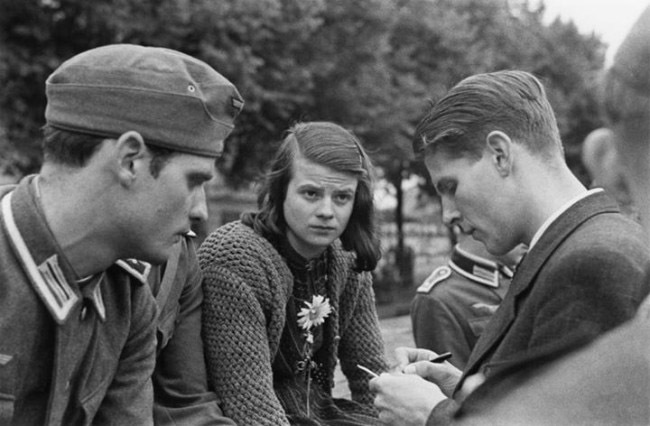
#white #rose #germany #nazi #resistance
WHITE ROSE NAZI RESISTANCE GROUP
On Feb. 22, 1943, Sophie Scholl, Hans Scholl, and Christoph Probst were executed for their role in urging students to rise up and overthrow the Nazi government.
They were members of the White Rose, who organized nonviolent resistance to Hitler, and were arrested for printing and distributing anti-Nazi flyers.
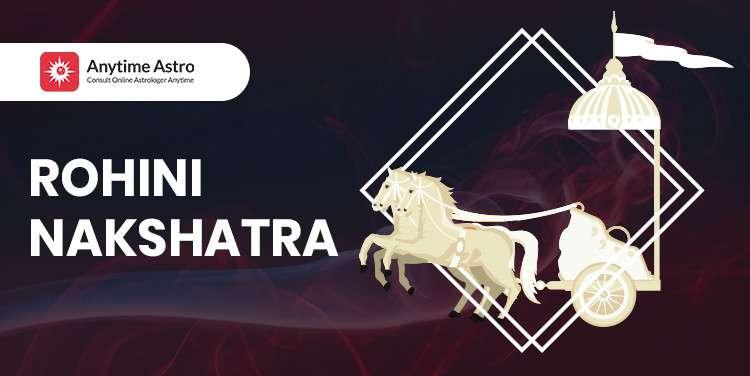
Zodiac Sign or #Rohini #Nakshatra Rashi- #Taurus
Rohini Nakshatra Ruling Planet- Moon
Rohini Nakshatra Degree Range- 10° - 23°20’ Taurus
Chara Rashi/ Navamsa- Aries, Taurus, Gemini, and Cancer
Rohini Nakshatra Lord or God- #Brahma
Rohini Nakshatra Yoni- Sarp
Rohini Nakshatra Quality- #Human
Rohini Nakshatra Dosha- #Kapha
Type of Nakshatra- Fixed
Rohini Nakshatra Dasha- 10 yrs
Rohini Nakshatra Numerical Potency- 4
Rohini Nakshatra Gender- Male
Rohini Nakshatra Nature- Manushya (Human-like)
Rohini Nakshatra Guna- #Rajas
Rohini Nakshatra Mobility- Movable
Rohini Nakshatra Caste- #Shudra
Rohini Nakshatra Animal- #Serpent
Rohini Nakshatra Names Starting Letter- O,VA,VEE,VO
Rohini Nakshatra Bird- #White #Owl
Rohini Nakshatra Tree- #Jamboo #tree or #Jamun tree
Rohini Nakshatra Traits- Growth, creation, Indulgence, and materialism, ominous to mother, wealthy, learned, and cheating natured.
Rohini Nakshatra Lucky Number- 2
Rohini Nakshatra Symbol- Ox-cart
About Rohini Nakshatra
Rohini, the wife of the moon is the brightest constellation in the celestial firmament. In western astronomy, Rohini is also called Aldebaran, or abode of Brahma. It is located in Taurus and is guided by Brahma, Prajapati, or the Creator.
In the symbol of Rohini nakshatra, you can see an oxen cart and a reddish celestial woman. The oxen cart is symbolic of fertility and gait. The woman represents comfort, passion, and abundance.
In Rohini nakshatra, the Moon emits ideal moonlight while the Sun in this nakshatra provides scorching heat which is strong enough to break even stones. The Moon in this constellation signifies the cow and the Sun is symbolic of the bull which is fertile. Like the ox-cart carries the harvested crop or production, the Rohini constellation is also the carrier of rewards of labor. It is a materialistic Nakshatra as it represents dealings related to commerce and trade.
Rohini Nakshatra - Physical Characteristics
Rohini star men and women are blessed with large eyes and full lips. Their eyes are expressive and beautiful and their overall disposition is pleasant. They are extremely gentle which can also portray them as seductive people. Just like a cow, due to the stability presented in their life, they have a robust and calm exterior.
Rohini Nakshatra Characteristics- Behavioral Characteristics
Rohini nakshatra natives are not vocal but they are filled with creativity and imagination. The natives born under Rohini nakshatra express themselves fully and at times feel restless. With Moon as their ruler, their mind and decisions change frequently but Taurus helps them by offering patience and endurance. They are susceptible to false hope and imagination, thus Rohini nakshatra males and females should live in the real world avoiding fantasizing over things.
Natives of Rohini are attention seekers. They can easily bend the situations in their own favor by working out their charm. These people are self-serving which is not a favorable trait. Although the natives born under the Rohini constellation have a strong sexual appeal, the people born under other complex nakshatras do not feel attracted to them.
Rohini star men and women manifest their material as well as spiritual ambitions successfully. They give value to their home, society, and world. Due to this reason, they are strongly tied to their family and close ones. Natives of Rohini do not get influenced much by people who are outside of their circle. Although Rohini natives like to socialize, their main focus is on opportunities and self- betterment.
Rohini Nakshatra exhibits a creative aspect. It is considered an artistic and creative nakshatra. It supports the manifestation of your beliefs and ideas and assists in self-expression. Thus natives born in this Nakshatra are artistic and creative.
Rohini Nakshatra men and women are conservative individuals but they do not hesitate to accept new influences. Their health is of extreme importance to them. They are afraid of death and that is why they generally live a long life. Rohini Nakshatra natives live their life to the fullest, as they find happiness in the small pleasures the Universe offers them. Rohini is related to The Rohana Shakti which is symbolic to fertility and further represents the ability to make things grow.
Also See: What is Panchak Yog?
Favorable Activities For Rohini Nakshatra
The Rohini constellation is extremely auspicious for activities related to trade and commerce. It is favorable for the initiation of farming activities, for traveling and shopping of clothes, ornaments, or vehicles. In the Rohini constellation, you can also engage in activities related to self-healing and grooming. It is propitious for laying the foundation of any construction. It is also auspicious for marriages.
Unfavorable Activities For Rohini Nakshatra
Almost all the activities are auspicious in Rohini nakshatra except for activities connected to destruction, demolition, and death.
Career Options for Rohini Nakshatra Natives
The professions that are favorable for people born in Rohini Nakshatra are:-
All professions related to farming, agriculture, and the production of food
Professions related to art such as musicians and artists
Fashion and beauty industry such as beauticians, hair and makeup artists
Transportation industry such as dealer in automobiles and shipping
Jewelry and Gemstones related businesses.
Aquatic industry such as dealing in oil and petroleum products or other liquids and minerals.
Sex therapists and counselors
Jobs that need you to grow, handle and process food.
Food packaging and distribution
Herbalists, Botanists, or textile industry.
Job in Banking and Finance sectors
Fields connected with Entertainment and leisure.
Also See: Government Job Astrology
Rohini Nakshatra Remedies
Those who are suffering from affliction to Rohini Nakshatra should respect cows. For acquiring positive energy, Rohini nakshatra natives should show gratitude towards the events of nature. Vedic texts do not advise to worship the creator, Lord Brahma because he was cursed by Lord Shiva. As per Vedic astrology, you should chant the root mantra “Om Rm” and “Om Lrm”. Those who chant this mantra 108 times in the period of lunar transition become free of clouds of inauspiciousness wandering over their life. It is advised to wear bright and pastel colors. Also, Rohini Nakshatra natives should perform all the important actions corresponding to the position of the Rohini constellation for the most beneficial results.
https://www.anytimeastro.com/blog/nakshatra/rohini-nakshatra/
...noon 21st june
..northern hemisphere high point for the #sun
...sun aligns with #red #star #BETELGEUSE, and 2 #white #stars in #AURIGA constellation..also parallel orange aries star #HAMAL..
a significant gateway to gemini #constellation, due to quadruple star alignment, in which the sun stops for a while in close parallel HAMAL
..BETELGEUSE is #ARDRA #nakshatra, in the vedic lunar zodiac
from #ianwood

Le visiteur blanc qui recouvre les monts Babur dans la province de Sétif, en Algérie.
Les monts Babur et la province de Sétif dans leur ensemble offrent de nombreux paysages naturels et attractions touristiques, et la neige ajoute une dimension supplémentaire à leur beauté.
#photo #Algeria #nature #snow #white #view


